Table of Contents
Introduction to Real Cinnamon
Real cinnamon, scientifically known as Ceylon cinnamon (Cinnamomum verum), is the authentic spice derived from the inner bark of specific trees. It's distinct from the more common Cassia cinnamon, which is often sold as "cinnamon" in supermarkets. Understanding this difference is crucial for flavor quality and health safety.
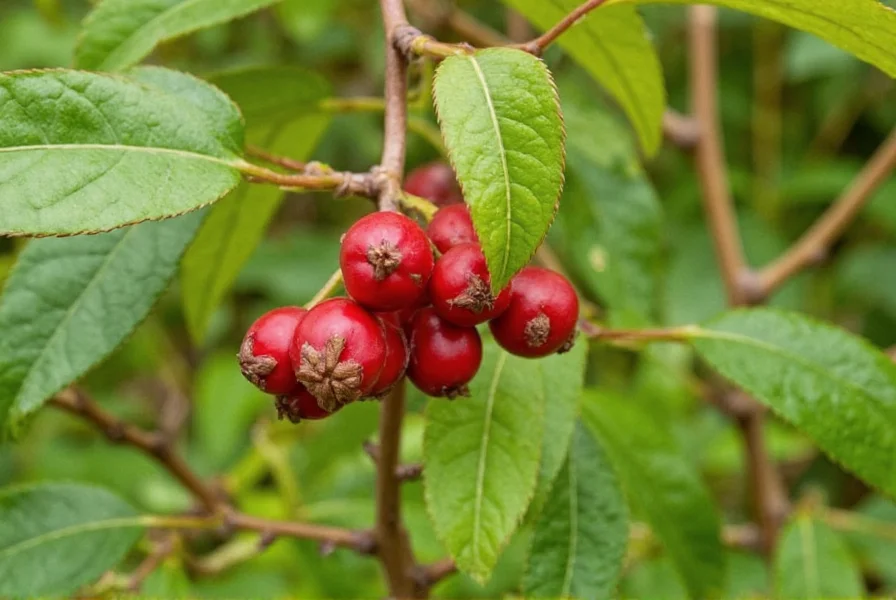
Types of Cinnamon: What's the Difference?
| Type | Origin | Appearance | Taste | Flavor Profile |
|---|---|---|---|---|
| Ceylon Cinnamon | Sri Lanka | Thin, light brown, multiple layers | Mild, sweet, floral | Delicate and nuanced |
| Cassia Cinnamon | China, Indonesia, Vietnam | Thicker, darker, single layer | Strong, spicy, bitter | Powerful and bold |
The key difference lies in flavor intensity and coumarin content. Ceylon is ideal for delicate desserts and daily consumption due to its low coumarin levels, while Cassia's bold flavor suits savory dishes but requires moderation for health reasons.

How to Identify Real Cinnamon
With so many products on the market, it's easy to be fooled by fake or low-quality cinnamon. Here’s how to tell if you're holding real cinnamon:
- Look at the texture: Real Ceylon cinnamon sticks should be thin, flexible, and have a layered appearance. Fake cinnamon tends to be thick, brittle, and uniform in shape.
- Smell it: Real cinnamon has a warm, sweet, and slightly floral scent. If it smells overly sharp or chemical-like, it might be impure or synthetic.
- Check the color: Ceylon cinnamon is light brown with a golden hue. Cassia is darker, almost reddish-brown.
- Test the taste: A small pinch of real cinnamon should be smooth and sweet. If it feels gritty or tastes harsh, it may be mixed with other substances.
- Read the label: Look for terms like "Ceylon" or "True Cinnamon" on the packaging. If it just says "Cinnamon," it's likely Cassia.
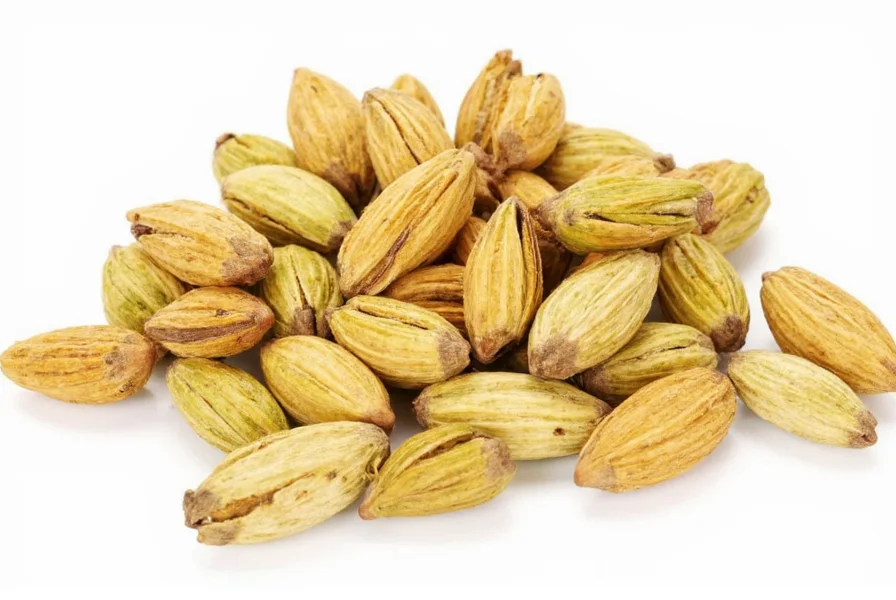
Buying Guide: Finding the Best Real Cinnamon
If you're serious about cooking or baking, investing in quality cinnamon is worth it. Here’s a buying guide to help you find the best real cinnamon:
Top Picks for Real Cinnamon
- Ceylon Cinnamon Sticks (Sri Lankan)
- Features: Thin, light brown, delicate aroma
- Advantages: Low coumarin content, perfect for desserts and daily use
- Use Cases: Making mulled wine, cookies, or spiced tea
- Target Audience: Home bakers, gourmet chefs, health-conscious consumers
- Suitable Occasions: Holiday baking, special occasions
- Cassia Cinnamon (Vietnamese)
- Features: Thick, dark brown, strong flavor
- Advantages: Affordable, bold flavor for hearty dishes
- Use Cases: Baking, spice blends, savory recipes
- Target Audience: Everyday cooks, budget-conscious buyers
- Suitable Occasions: Weeknight dinners, comfort food
- Cinnamon Powder (Organic Ceylon)
- Features: Fine, smooth powder, no additives
- Advantages: Easy to use in recipes, long shelf life, low coumarin
- Use Cases: Baking, spice mixes, sauces
- Target Audience: Bakers, home cooks, food enthusiasts
- Suitable Occasions: Everyday meals, holiday treats
When purchasing, always check the source and quality. Organic and single-origin options ensure purity and flavor. For health reasons, prioritize Ceylon cinnamon due to its significantly lower coumarin levels.
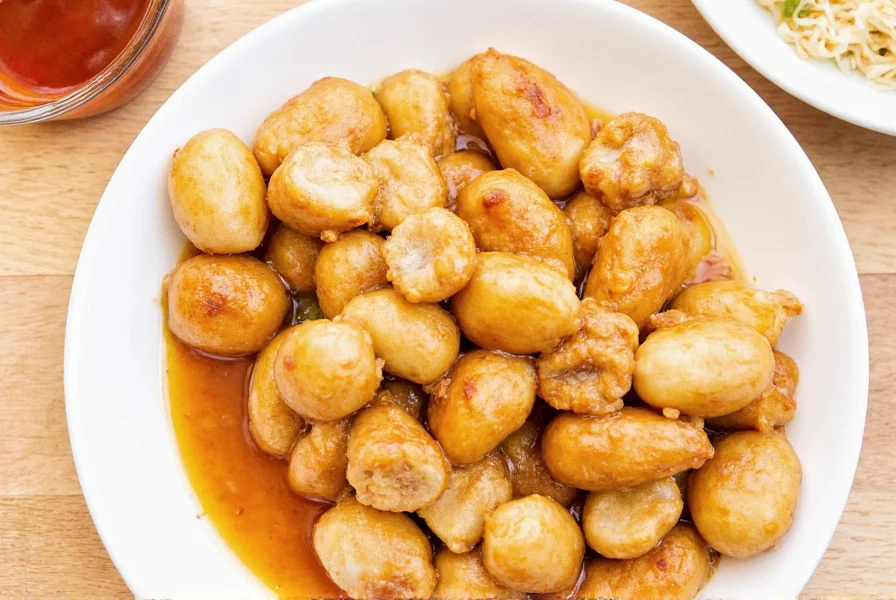
Uses and Benefits of Real Cinnamon
Real cinnamon isn't just for adding flavor—it also offers a range of health benefits. Here are some of its top uses:
1. Culinary Uses
- Baking: Perfect for cakes, cookies, and pies (Ceylon for delicate desserts, Cassia for robust recipes)
- Drinks: Enhances coffee, tea, and hot chocolate with nuanced sweetness
- Spice Blends: Used in garam masala, chai, and curries for depth
- Savory Dishes: Adds complexity to stews, roasted vegetables, and meats
2. Health Benefits
- Antioxidant properties: Helps fight free radicals (Ceylon has higher antioxidant levels)
- Anti-inflammatory effects: May reduce inflammation in the body
- Regulates blood sugar: Some studies suggest it helps manage glucose levels (consult a doctor for medical advice)
- Improves digestion: Can aid in digestion and soothe stomach issues
While these benefits are promising, it's important to note that most research is still preliminary. Always consult a healthcare professional before using cinnamon for medicinal purposes. For daily consumption, Ceylon cinnamon is safer due to its low coumarin content.
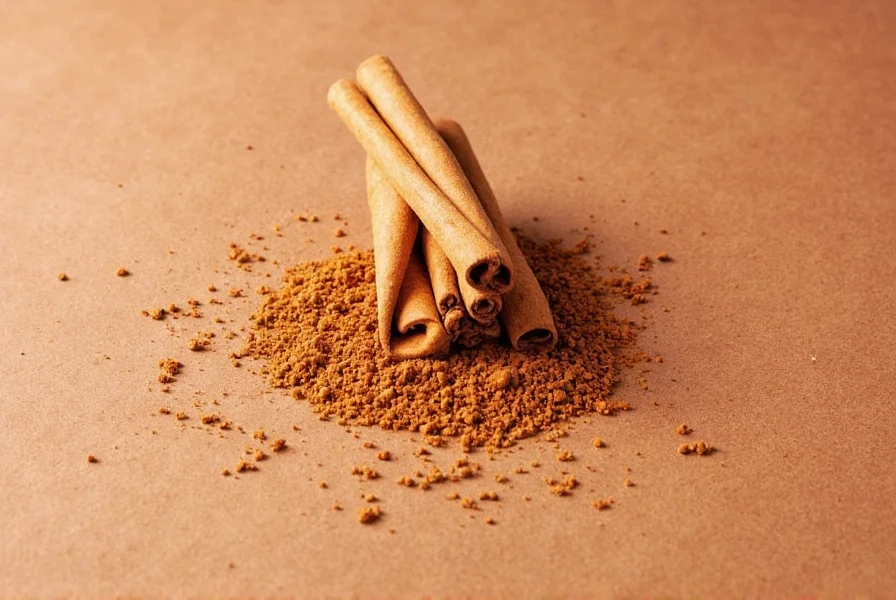
Frequently Asked Questions (FAQ)
What is the difference between Ceylon cinnamon and Cassia cinnamon?
Ceylon cinnamon, often called "true cinnamon," is native to Sri Lanka and has a thin, light brown, multi-layered bark with a mild, sweet, and floral flavor. Cassia cinnamon, which comes from China, Indonesia, or Vietnam, has a thicker, darker, single-layer bark and a stronger, spicier, and sometimes bitter taste. Ceylon is more delicate and ideal for desserts and daily use, while Cassia is bolder and better for savory dishes.
Is Cassia cinnamon real cinnamon?
Yes, Cassia cinnamon is a real type of cinnamon derived from the Cinnamomum genus, but it is not the same as Ceylon cinnamon (which is often referred to as "true cinnamon"). Both are authentic spices, though Cassia is more commonly sold as "cinnamon" in supermarkets due to its lower cost and wider availability. For health reasons, Ceylon is preferred for regular consumption.
How can I tell if I have real cinnamon (Ceylon)?
Real Ceylon cinnamon sticks are thin, brittle, and have a layered, "quill" structure (like a cigar). They are light brown with a golden hue and have a sweet, delicate aroma. Cassia sticks are thicker, harder, form a single rolled layer, and are darker reddish-brown. Always check the label for "Ceylon" or "True Cinnamon" to confirm authenticity.
Why is Ceylon cinnamon more expensive?
Ceylon cinnamon costs more because it's more labor-intensive to produce—the thin inner bark must be carefully hand-rolled into multiple layers. It's primarily grown in Sri Lanka with limited cultivation areas, whereas Cassia is mass-produced in China and Indonesia. The higher price also reflects Ceylon's lower coumarin content and superior flavor profile for delicate dishes.
Which type of cinnamon is healthier for daily use?
Ceylon cinnamon is generally safer for regular consumption because it contains significantly lower levels of coumarin, a compound that may cause liver damage in high doses. Cassia has up to 60 times more coumarin, so while both offer health benefits, Ceylon is preferable if you consume cinnamon daily or in larger quantities.
Can I substitute Cassia for Ceylon in recipes?
Yes, but use caution. Cassia's stronger flavor means you may need to reduce the quantity by 25-50% to avoid overpowering the dish. For delicate desserts or beverages, Ceylon is ideal. For robust recipes like stews or spice cakes, Cassia works well. If substituting for health reasons, choose Ceylon for daily use due to its lower coumarin content.
Conclusion
So, what is real cinnamon? It's the authentic product derived from the inner bark of specific Cinnamomum trees, offering a unique flavor profile and numerous culinary and health benefits. Whether you're a casual cook or a professional chef, understanding the difference between real and fake cinnamon can elevate your cooking and ensure you're getting the best quality.
By learning how to identify, buy, and use real cinnamon, you'll unlock a world of flavor and versatility. So next time you reach for that spice jar, ask yourself: Is this real cinnamon? The answer could make all the difference.
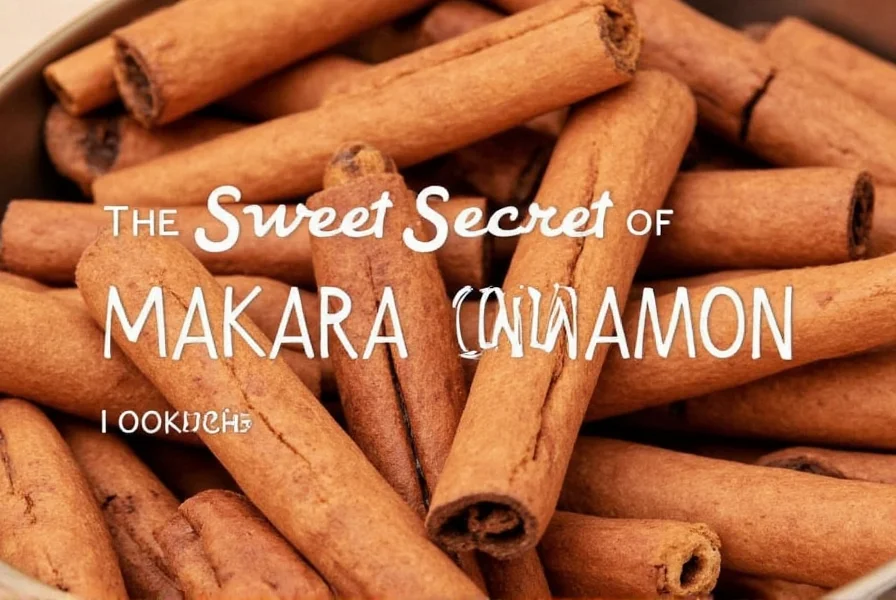

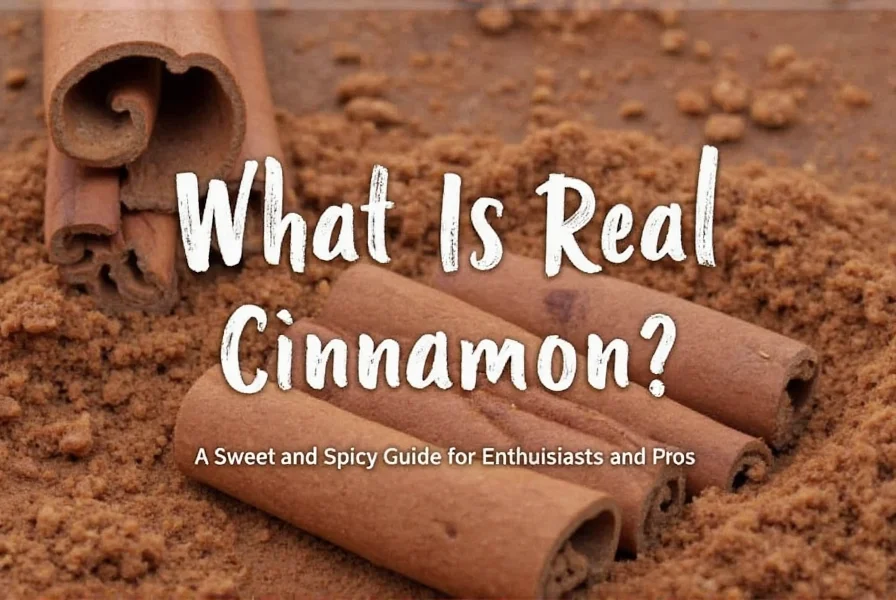









 浙公网安备
33010002000092号
浙公网安备
33010002000092号 浙B2-20120091-4
浙B2-20120091-4